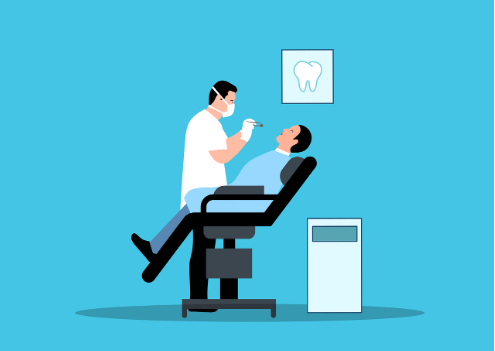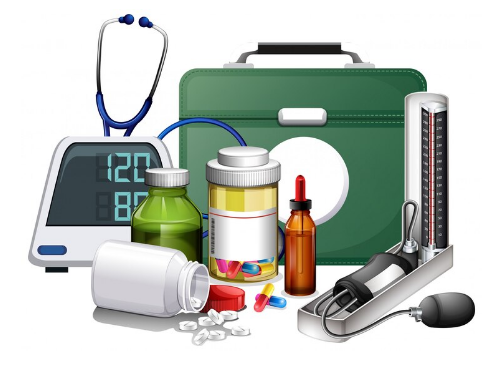Medical Errors Facts & Statistics in Healthcare(New Data)
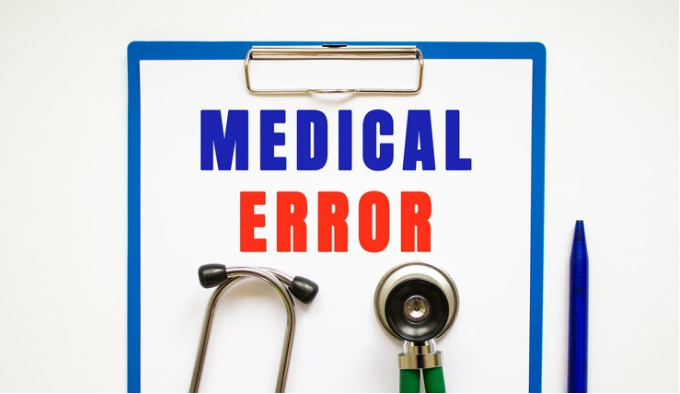
Many individuals rarely consider the prospect of medical errors in their everyday existence. Unless directly experiencing the repercussions of a medical mistake, the notion that it could affect one's own life might appear distant. However, it prompts the question: is this assumption entirely accurate?
As outlined in the 2019 World Health Organization (WHO) Patient Safety Factsheet, incidents resulting from unsafe patient care rank among the globe's leading causes of death and disability.
Notably, preventable adverse events within the United States of America (US) contribute to a significant toll, causing an estimated 44,000 to 98,000 deaths annually within hospital settings, underscoring the profound impact of patient safety challenges on a global scale.
Table of Contents
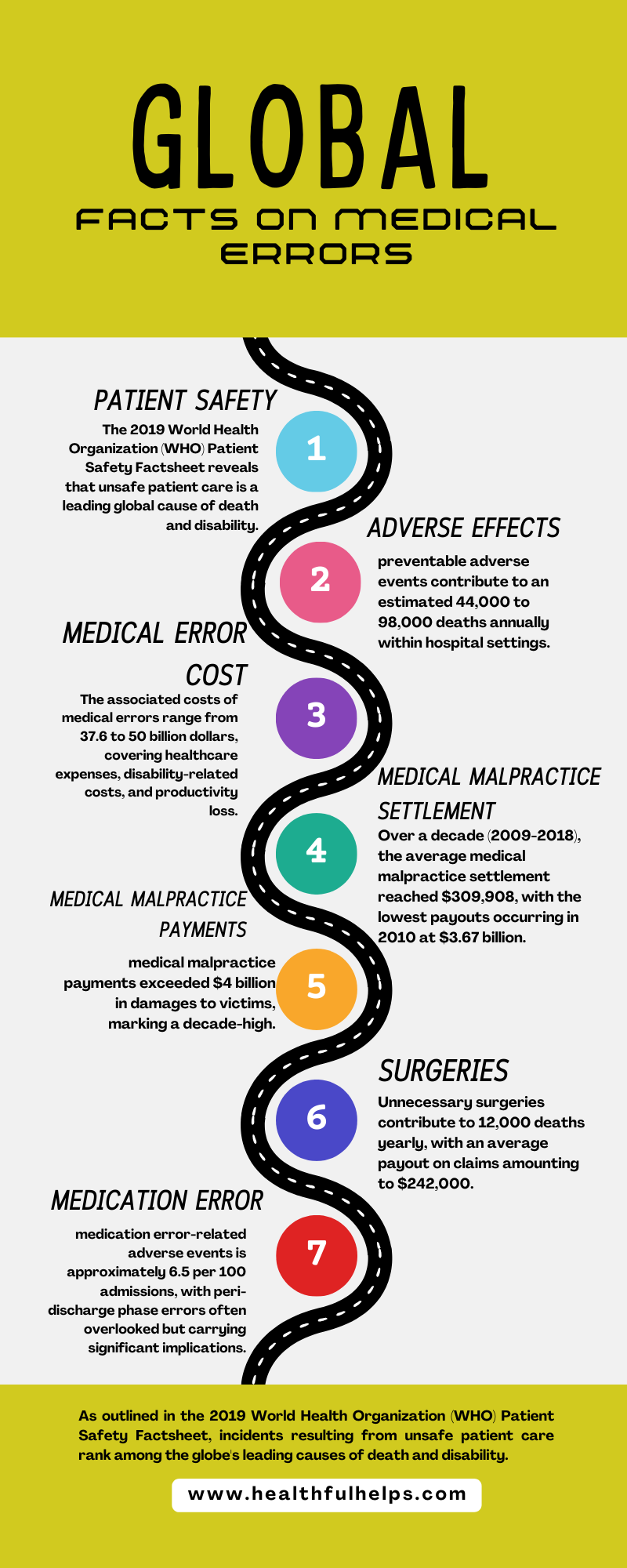
Global Key Facts on Medical Errors
- The 2019 World Health Organization (WHO) Patient Safety Factsheet reveals that unsafe patient care is a leading global cause of death and disability.
- In the United States, preventable adverse events contribute to an estimated 44,000 to 98,000 deaths annually within hospital settings.
- The associated costs of medical errors range from 37.6 to 50 billion dollars, covering healthcare expenses, disability-related costs, and productivity loss.
- Researchers identified over 62,000 errors, resulting in a surplus of claim costs amounting to $20 billion over a one-year period.
- Over a decade (2009-2018), the average medical malpractice settlement reached $309,908, with the lowest payouts occurring in 2010 at $3.67 billion.
- In 2019, medical malpractice payments exceeded $4 billion in damages to victims, marking a decade-high.
- Medical errors, the primary cause of avoidable deaths, claim the lives of 250,000 individuals annually.
- Unnecessary surgeries contribute to 12,000 deaths yearly, with an average payout on claims amounting to $242,000.
- Medication errors, the most prevalent and avoidable source of patient harm, include administering the wrong drug or dosage, incorrect route, mistimed administrations, or delivering medication to the wrong patient.
- In acute hospitals, the reported incidence of medication error-related adverse events is approximately 6.5 per 100 admissions, with peri-discharge phase errors often overlooked but carrying significant implications.
What Medical Errors Really Cost?
The associated costs extend beyond the realm of healthcare, with estimates ranging from 37.6 to 50 billion dollars, encompassing added healthcare expenses, disability-related expenses, and the loss of productivity.
These statistics emphasize the multifaceted repercussions of preventable adverse events, prompting a critical examination of healthcare practices and their broader societal implications.
Related: What percentage of Individuals have Psoriasis
Number of Medical Errors Cases Per Year
Researchers uncovered over 62,000 errors and computed a surplus in claim costs $20 billion over a one-year duration.
Equally concerning are the statistics surrounding unnecessary surgeries, contributing to a somber toll of 12,000 deaths each year, with an average payout on claims amounting to $242,000.
Statistics of Medical Errors
Over the course of a decade from 2009 to 2018, the average medical malpractice settlement reached $309,908.
Notably, the lowest payouts occurred in 2010, amounting to $3.67 billion. Disturbingly, reports from injured victims and bereaved family members disclosed over 85,000 incidents of medical malpractice involving physicians.
The year 2019 marked a pinnacle in lawsuits over the past decade, witnessing medical malpractice payments surpassing a staggering $4 billion in damages to the aggrieved parties.
It's a stark reality that medical errors, characterized by preventable adverse effects of medical care, stand at the forefront as the primary cause of avoidable deaths, claiming the lives of 250,000 individuals annually.
Equally concerning are the statistics surrounding unnecessary surgeries, contributing to a somber toll of 12,000 deaths each year, with an average payout on claims amounting to $242,000.
These figures underscore the pressing need for heightened awareness and improved safeguards within the healthcare system.
Common Causes of Medical Errors
Medication Errors
Medication errors, acknowledged as the most prevalent and avoidable source of patient harm, encompass a spectrum of missteps.
This includes administering the wrong drug or dosage, utilizing an incorrect route, mistimed administrations, or even delivering medication to the wrong patient.
In acute hospitals, the reported incidence of medication error-related adverse events hovers at approximately 6.5 per 100 admissions. Of particular concern are errors occurring in the peri-discharge phase, often overlooked but carrying significant implications.
Diagnostic Dilemmas
Diagnostic errors pose a formidable challenge, reflecting a failure to promptly and accurately pinpoint the underlying cause of a clinical condition. Characterized as missed opportunities to make a correct or timely diagnosis based on available evidence, these errors transcend the immediate harm to patients.
Preventable Mishaps in Hospitalized Patients
Hospitalized patients face a spectrum of preventable errors, encompassing wound infections, pressure ulcers, falls, healthcare-associated infections, and technical complications. These incidents, while potentially avoidable, underscore the need for enhanced vigilance and systemic improvements in patient care.
Communication Breakdown
A common systemic error manifests in the failure to disseminate crucial drug knowledge and patient information, resulting in communication lapses with both patients and fellow healthcare providers.
This points to a critical area where improvements are needed to enhance patient safety.
Testing Troubles: Errors in Diagnostic Procedures
Failure to employ indicated tests or using outdated procedures can lead to diagnostic delays or errors, posing a significant risk to patient well-being.
Additionally, neglecting to respond promptly to test results or monitoring further compounds the potential for medical errors, necessitating a closer look at procedural adherence.
Treatment Error
Treatment errors, occurring during the execution of tests or procedures, as well as instances of inappropriate treatment, constitute another facet of medical errors.
This necessitates a meticulous examination of healthcare practices to ensure patient safety remains at the forefront of medical care.
Most Frequent Medical Errors Category
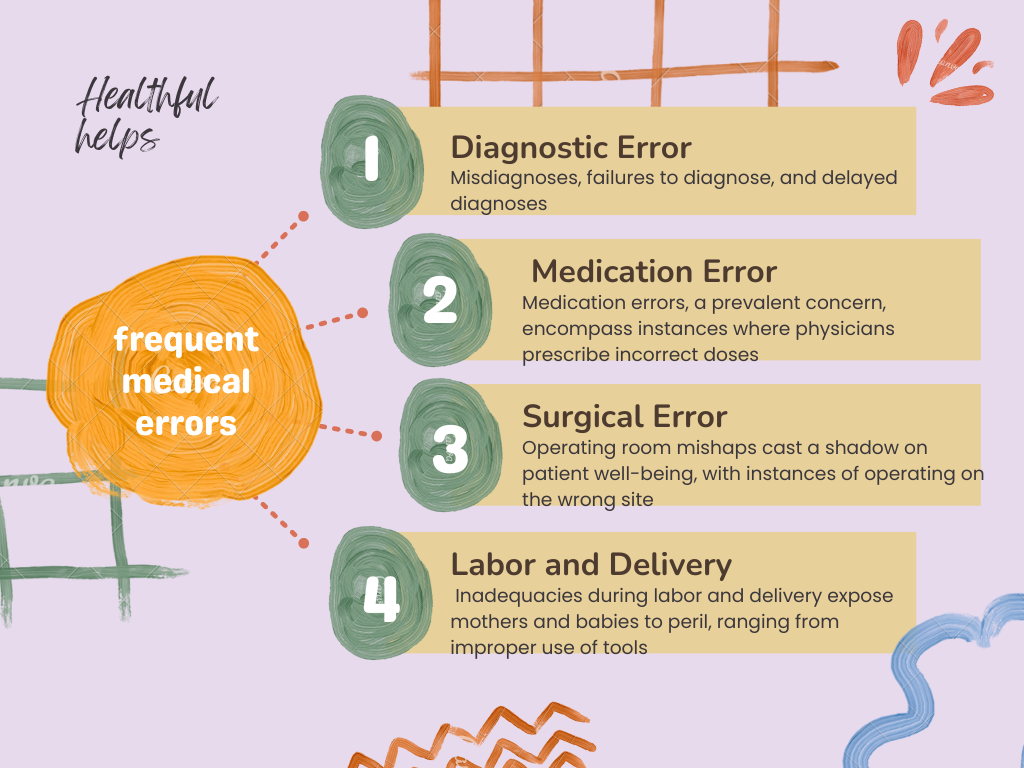
- Diagnostic Error:
Misdiagnoses, failures to diagnose, and delayed diagnoses emerge as pervasive medical errors. Factors such as overlooked diagnostic tests, misinterpretation of results, and insurance-related limitations contribute to this unsettling trend.
- Medication Error:
Medication errors, a prevalent concern, encompass instances where physicians prescribe incorrect doses or the wrong medications. Nurses, pharmacists, and defective medical devices also play roles in administering incorrect medicines or doses, further jeopardizing patient safety.
- Surgical Error:
Operating room mishaps cast a shadow on patient well-being, with instances of operating on the wrong site or performing the incorrect surgery. Grave consequences include amputations of the wrong limb and leaving instruments inside patients.
- Labor and Delivery:
Inadequacies during labor and delivery expose mothers and babies to peril, ranging from improper use of tools causing scarring to delayed C-sections and insufficient vital sign monitoring leading to birth injuries.
- Anesthesia Anxieties:
Anesthesia errors, if not vigilantly managed, can lead to brain damage, wrongful deaths, and permanent disabilities. The intricacies of balancing oxygen levels and medication pose critical challenges for anesthesiologists.
- Informed Consent Lapses:
Patients' right to informed consent is a cornerstone, demanding comprehensive explanations from doctors about procedures, risks, and alternatives. The failure to obtain informed consent raises ethical and legal concerns.
- Communication Breakdowns:
Communication lapses among medical professionals can have profound consequences, potentially resulting in incorrect treatments or missed diagnoses. Patient well-being is compromised when critical information fails to traverse the healthcare network.
- Infections and Complications:
Hospital-acquired infections, often stemming from lapses in sanitation and hygiene protocols, present life-threatening conditions like sepsis. Failure to monitor patients can lead to infections and subsequent complications, underscoring the critical importance of attentive care.
In the pursuit of healing, the healthcare system grapples with these pervasive issues, emphasizing the urgent need for comprehensive reforms and heightened vigilance to safeguard patient welfare.
Recent Medical Errors That Made the News(2023)
Adventist Health Simi Valley faced scrutiny after an 81-year-old patient's fatal medication error. Two doses of Lovenox within two hours caused a brain bleed, deemed a "system-wide failure" by the state.
Physician order lapses, communication failures between pharmacies, and overlooked dose adjustments were highlighted. The hospital addressed concerns, lifting the "immediate jeopardy" label in May.
Northridge Hospital Medical Center faced similar criticisms, rectifying deficiencies and lifting its label.
Both reviews, authorized by Centers for Medicare & Medicaid Services, haven't indicated potential fines. The hospitals stress commitment to safety and preventive measures.
According to news an anesthesiologist, Dr. Dmitry Shelchkov, committed a critical error during a routine epidural procedure for pregnant Sha-Asia Semple at Woodhull Medical Center in Brooklyn.
Dr. Shelchkov, who later lost his medical license, inserted the catheter excessively, causing anesthesia to enter Ms. Semple's cerebrospinal fluid.
She tragically died, prompting public outrage and highlighting racial disparities in maternal mortality.
In the two years leading up to her death, six other pregnant patients experienced adverse outcomes related to anesthesia at Woodhull, with Dr. Shelchkov implicated in most cases.
Despite the pattern, hospital administrators failed to monitor him adequately, revealing dysfunction at Woodhull, a public hospital catering to vulnerable mothers, mainly Black and Hispanic, with a majority on Medicaid.
Related: Refractive Error Statistics
Mortality Rate of Medical Errors
Medication errors hold a notable impact on patient mortality, accounting for one out of 131 outpatient deaths and one out of 854 inpatient deaths.
Within hospital settings, these errors are a common occurrence, with varying degrees of harm. A recent study conducted at two prestigious teaching hospitals revealed that nearly two percent of admissions experienced preventable adverse drug events.
This underscores the urgency for improved medication safety measures within healthcare institutions.
Wrap Up
The importance of organizations reducing preventable medical errors is emphasized, regardless of debated statistics. Striving for zero errors is crucial, underscoring the significance of comprehensive efforts in patient safety.
Also read; What to Know About a High Ankle Sprain
Sources
- The Most Common Medical Errors
- https://www.ncbi.nlm.nih.gov/books/NBK499956/
- https://www.ncbi.nlm.nih.gov/pmc/articles/PMC9997855/
- https://psnet.ahrq.gov/issue/financial-and-human-cost-medical-error-and-how-massachusetts-can-lead-way-patient-safety
- https://psnet.ahrq.gov/issue/burden-serious-harms-diagnostic-error-usa
- https://healthjournalism.org/blog/2023/07/medical-errors-are-the-third-leading-cause-of-death-and-other-statistics-you-should-question/
- https://blog.cureatr.com/theres-much-work-to-be-done-8-medical-errors-statistics-to-know
- https://link.springer.com/article/10.1186/s12909-023-04125-3
- https://www.dickersonoxton.com/8-common-causes-medical-errors/
- https://www.nytimes.com/2023/01/23/nyregion/anesthesiologist-brooklyn-deaths.html
- https://www.latimes.com/california/story/2023-09-25/hospital-medication-errors-jeopardized-socal-patients-brain-bleed
